Recent data from the UK Office for National Statistics showed that the unemployment rate rose to 5.0 percent in the three months to September, up from 4.8 percent in the previous month, signalling a gradual slowdown in the labour market.
At the same time, wage growth excluding bonuses eased to 4.6 percent year on year, reflecting a loss of momentum in pay trends. These developments may give the Bank of England room to move toward cutting interest rates in its final meeting of the year, especially as inflation continues to cool.
Even so, inflation remains at 3.8 percent according to the September Consumer Price Index, nearly double the 2 percent target. Although current indicators point to a gradual retreat in price pressures, weak wages and declining hiring intentions highlight ongoing challenges for economic growth.
A survey by the Chartered Institute of Personnel and Development (CIPD) showed that UK companies expect wages to rise by only about 3 percent next year amid growing concerns about the impact of government tax policies on hiring decisions. Hiring intentions dropped to their lowest levels since the Covid 19 pandemic, particularly in the public sector.
Politically, Finance Minister Rachel Reeves suggested that the Labour Party may revise its election pledges not to raise taxes, given a budget described as difficult and scheduled for 26 November. She noted that fully honouring the election promises would require a substantial cut in investment spending, which could weigh on economic activity in the short term.
The Bank of England left interest rates unchanged last week after a split within the Monetary Policy Committee, with four out of nine members voting for a 25 basis point cut to 3.75 percent.
Analysts at ING believe markets have not fully priced in the chances of a rate cut in December, estimating the probability at only about 60 percent. They argue that increasing signs of slowing growth and easing inflation may push the Bank toward a more flexible monetary stance early next year.
In its latest report, UBS revealed that the Japanese yen remains significantly undervalued against the US dollar, placing fair value for USD/JPY at 125. The yen continues to be one of the cheapest currencies among the G10.
Despite this valuation, UBS sees the chances of the currency returning to its fair value as less likely for now, due to the Bank of Japan’s persistently ultra loose monetary policy and the absence of US pressure on Tokyo to support the yen. This situation, according to the report, keeps the Japanese currency under constant pressure despite the widening gap from its fair value.
Meanwhile, the bank lowered its estimate of the fair value for the euro/dollar pair (EUR/USD) to 1.1340, slightly below current market levels. The OECD’s purchasing power parity (PPP) measure places fair value much higher at 1.51.
UBS expects the pair to gradually move toward 1.14 by the end of 2026, a level broadly aligned with its long-term estimate. The bank notes that factors that previously supported a stronger euro, such as European fiscal stimulus and increased demand for hedging against US assets, have lost momentum, suggesting a phase of relative stability in the currency’s movements in the coming years.
Stay informed about global markets through our previous analyses. and Now, you can also benefit from LDN company services via the LDN Global Markets trading platform.







